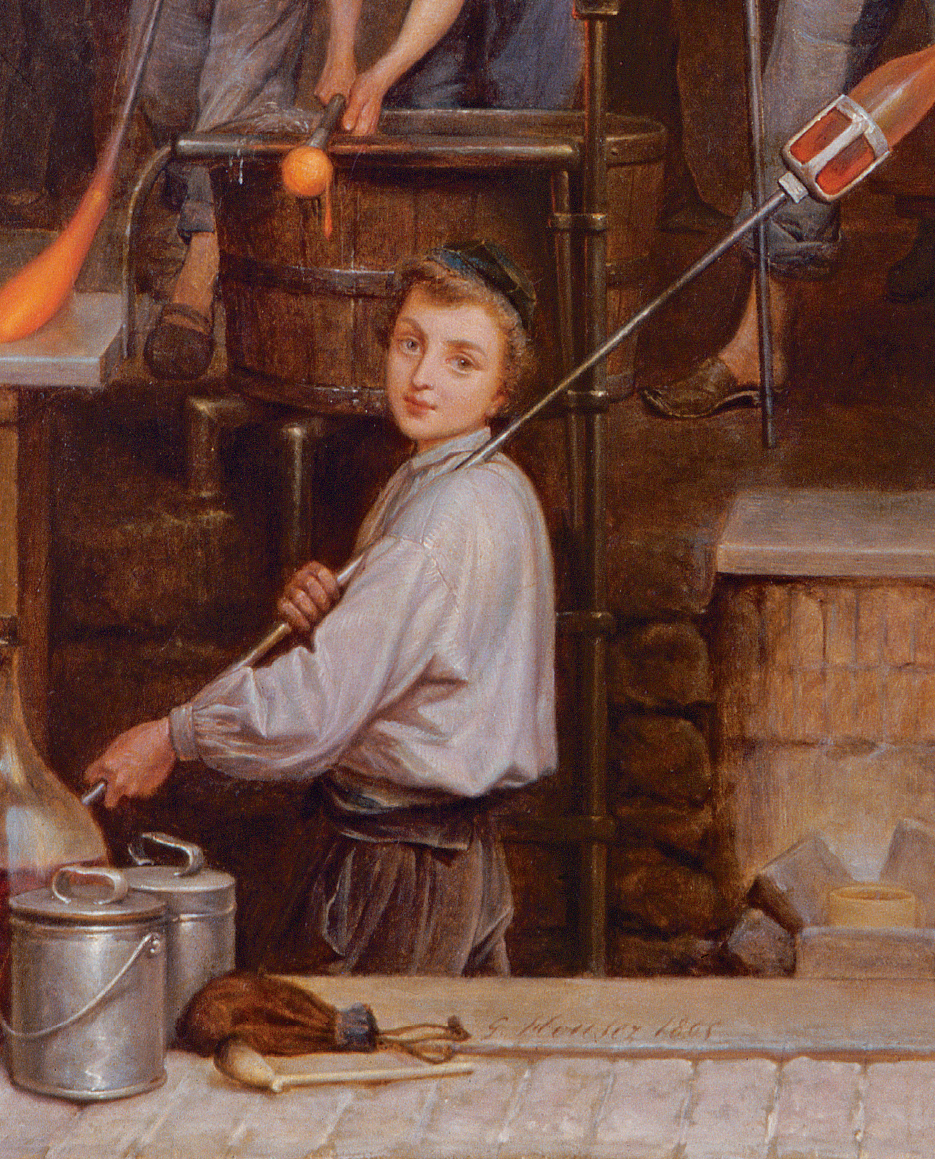A History of World Societies:
Printed Page 685
A History of World Societies Value
Edition: Printed Page 690
Introduction for Chapter 23
23
The Revolution in Energy and Industry
1760–1850

While the revolutions of the Atlantic world were opening a new political era, another revolution was beginning to transform economic and social life. The Industrial Revolution began in Great Britain around 1780 and soon began to influence continental Europe and the United States. Quite possibly only the development of agriculture during Neolithic times had a comparable impact and significance in world history. Non-
Industrialization profoundly modified human experience. It changed patterns of work, transformed the social structure, and eventually altered the international balance of political power in favor of the most rapidly industrialized nations, especially Great Britain. What was revolutionary about the Industrial Revolution was not its pace or that it represented a sharp break with the previous period. On the contrary, the Industrial Revolution built on earlier developments, and the rate of progress was slow. What was remarkable about the Industrial Revolution was that it inaugurated a period of sustained economic and demographic growth that has continued to the present. Although it took time, the Industrial Revolution eventually helped ordinary people in the West gain a higher standard of living.